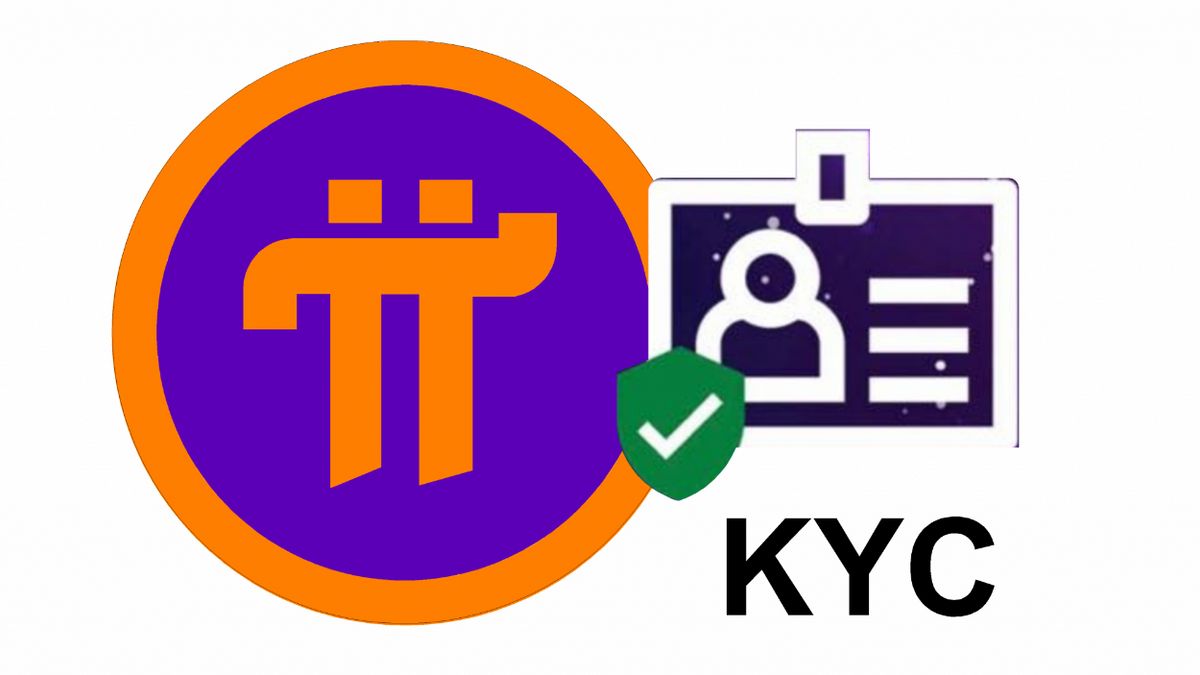Crypto Arbitrage Strategies: Complete Information
Cryptocurrency arbitrage is a trading strategy that involves exploiting the price differences of a cryptocurrency across different exchanges or markets. The idea is to buy the cryptocurrency at a lower price on one exchange and sell it at a higher price on another, thereby making a profit from the price discrepancy. Arbitrage is a common practice in traditional financial markets, but the volatility and global nature of cryptocurrencies make this an even more attractive opportunity.
This article will explore different types of crypto arbitrage strategies, how they work, and their potential risks and rewards.
What is Crypto Arbitrage?
Crypto arbitrage refers to the process of exploiting price differences of the same cryptocurrency across different exchanges. Due to market inefficiencies, there can be slight variations in cryptocurrency prices from one exchange to another, sometimes even on a large scale. Traders take advantage of this by buying low on one exchange and selling high on another.
These opportunities arise because of:
- Differences in liquidity: Some exchanges may have higher demand or supply, which affects the prices.
- Exchange inefficiencies: Each exchange operates on its own order book, and price discovery may vary.
- Regional differences: In some cases, different geographical regions may have slightly different prices due to demand or regulations.
- Timing differences: Cryptocurrency prices are very volatile, so price discrepancies can appear for a short period.
Types of Crypto Arbitrage
- Spatial Arbitrage
- Spatial arbitrage is the most straightforward form of crypto arbitrage. It involves buying a cryptocurrency on one exchange at a lower price and simultaneously selling it on another exchange at a higher price.
- Example: A trader notices that Bitcoin is priced at $40,000 on Exchange A and $40,500 on Exchange B. The trader buys on Exchange A and sells on Exchange B to make a profit of $500 (minus any fees).
- Simple to execute.
- Low complexity for new traders.
- Requires fast execution and sufficient liquidity.
- Transaction fees may eat into profits.
- Time delays may cause price discrepancies to close before the trade is executed.
- Triangular Arbitrage
- Triangular arbitrage occurs within a single exchange, where a trader takes advantage of price discrepancies between three different cryptocurrencies (or currency pairs) available on the same exchange.
- Example: A trader might notice that:
- Bitcoin (BTC) is priced at $40,000.
- Ethereum (ETH) is priced at $2,500.
- Bitcoin/ETH pair shows an exchange rate of 16, meaning 1 BTC equals 16 ETH.
- No need to move funds between exchanges.
- Potentially faster and more efficient than spatial arbitrage.
- Requires advanced trading knowledge.
- Price discrepancies may be small and require large volumes for profitability.
- Decentralized Exchange (DEX) Arbitrage
- With the rise of decentralized exchanges, some traders look for arbitrage opportunities between decentralized and centralized exchanges. This type of arbitrage involves buying from decentralized platforms like Uniswap or PancakeSwap at lower prices and selling on centralized exchanges like Binance or Coinbase at a higher price.
- Example: A trader buys Ethereum on Uniswap at a lower price and sells it on Coinbase at a higher price.
- Offers opportunities in a new, rapidly growing market.
- Allows for decentralized, peer-to-peer trading.
- Gas fees on decentralized exchanges (especially Ethereum) can be high.
- Limited liquidity on some decentralized exchanges.
- Cross-Border Arbitrage
- This type of arbitrage involves buying and selling cryptocurrencies across different countries or regions. Price differences can arise from regulatory disparities, demand imbalances, or currency fluctuations.
- Example: A trader may find that the price of Bitcoin in Japan is significantly lower than the price in the U.S. due to exchange rates or local demand.
- Can provide larger arbitrage opportunities due to geographic price differences.
- Increased transaction fees for international transfers.
- Legal and regulatory issues may arise depending on the country.
- Requires cross-border coordination.
- Crypto-Fiat Arbitrage
- Crypto-fiat arbitrage involves taking advantage of the price differences between cryptocurrencies and their fiat counterparts across different exchanges or regions.
- Example: A trader buys Bitcoin with USD on an exchange where it’s priced lower, then sells it for a higher price on an exchange with a different fiat currency like EUR or GBP.
- Provides an alternative strategy beyond crypto-to-crypto arbitrage.
- Requires knowledge of forex (foreign exchange) and crypto markets.
- Fiat withdrawals can be slow and costly.
Arbitrage Bots and Automation
Given that crypto arbitrage opportunities are often short-lived, many traders use automated trading bots to execute these strategies. Crypto arbitrage bots are software tools that can scan multiple exchanges for price discrepancies and automatically execute trades when an arbitrage opportunity arises.
Advantages of using bots:
- Speed: Bots can execute trades much faster than human traders, reducing the risk of missing out on profitable opportunities.
- 24/7 Operation: Cryptocurrency markets never sleep, and bots can monitor multiple markets simultaneously to take advantage of arbitrage opportunities around the clock.
- Minimizing human error: Bots can reduce errors caused by emotions or hesitation.
Disadvantages of using bots:
- Requires a deep understanding of the algorithm and trading strategies.
- Transaction and gas fees: Even with automation, profits can be eaten up by network fees, especially when using blockchain-based exchanges.
- Technical issues: Bots may encounter bugs or unexpected issues that prevent trades from executing successfully.
Risks of Crypto Arbitrage
- Transaction Fees and Network Costs
- One of the biggest challenges of crypto arbitrage is the high fees that can erode potential profits. These include exchange fees, transaction fees (especially for moving funds between exchanges), and gas fees on decentralized platforms. When these fees are high, the arbitrage opportunity may no longer be profitable.
- Price Slippage
- Due to the volatility of cryptocurrencies, prices can change rapidly. Even if an arbitrage opportunity appears, by the time a trade is executed, the price may have moved, causing the trade to be less profitable or unprofitable.
- Liquidity Issues
- Many smaller exchanges or decentralized platforms may not have enough liquidity to complete large arbitrage trades. This can cause slippage or prevent the arbitrage opportunity from being fully realized.
- Legal and Regulatory Risks
- The regulatory environment surrounding cryptocurrency trading can vary significantly from country to country. Some countries have strict regulations around arbitrage trading, and traders must be aware of the legal implications of moving funds between exchanges and borders.
- Exchange Delays and Downtime
- Sometimes exchanges experience downtime or delays, which can prevent trades from executing in time to take advantage of price differences. This can be particularly problematic if you’re trading on multiple exchanges or using arbitrage bots that require quick execution.
- Market Risk
- While arbitrage involves making risk-free profits based on price differences, external factors like market crashes or sudden liquidity shifts can make these opportunities unpredictable. For instance, a large market sell-off could cause an exchange to experience massive price fluctuations, nullifying the arbitrage opportunity.
How to Maximize Profits from Crypto Arbitrage
- Use Multiple Exchanges
- To maximize the potential for arbitrage, traders should sign up for multiple exchanges to be able to find and act on discrepancies quickly. This also allows for more flexibility in case one exchange becomes inefficient.
- Utilize Low-Cost Exchanges
- Choosing exchanges with low fees will allow traders to reduce costs and increase profits. It’s important to compare trading fees, withdrawal fees, and deposit fees between exchanges.
- Monitor Market Trends and News
- Stay updated with news and market trends. Major announcements or events can cause sudden price changes, creating opportunities for arbitrage. Additionally, understanding the liquidity on each exchange helps in selecting where to place trades.
- Risk Management
- Proper risk management is crucial. Set stop-loss orders to limit exposure to major losses, and diversify arbitrage strategies to reduce reliance on a single method.
Conclusion
Crypto arbitrage can be a profitable strategy for traders who understand market inefficiencies, have access to multiple exchanges, and can execute trades quickly. While it is not without risks, such as high fees, slippage, and liquidity issues, arbitrage remains an attractive opportunity, particularly in the fast-moving and volatile crypto market. With the right tools, knowledge, and risk management strategies, crypto arbitrage can be a viable way to make consistent profits in the world of cryptocurrency trading.




